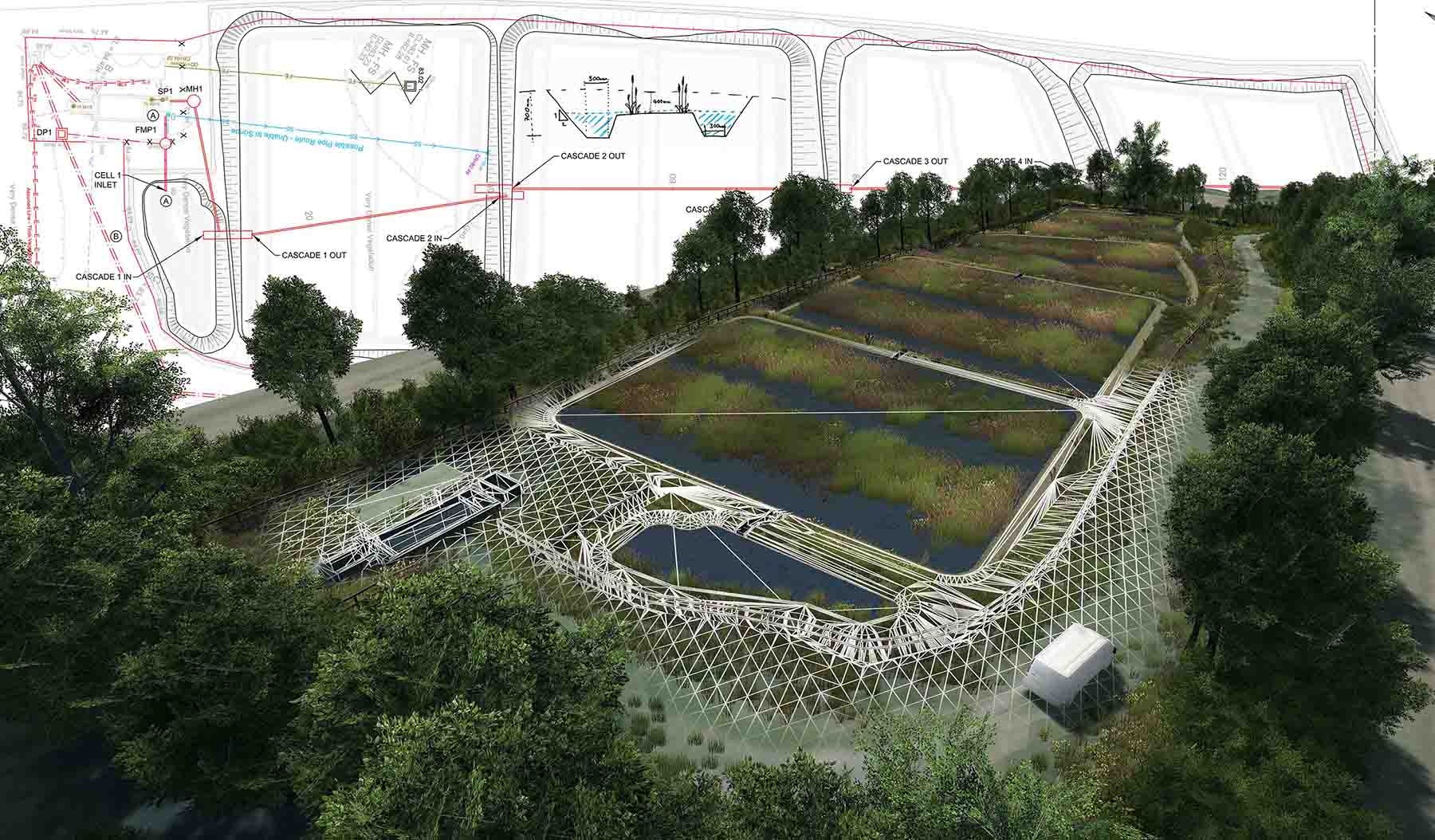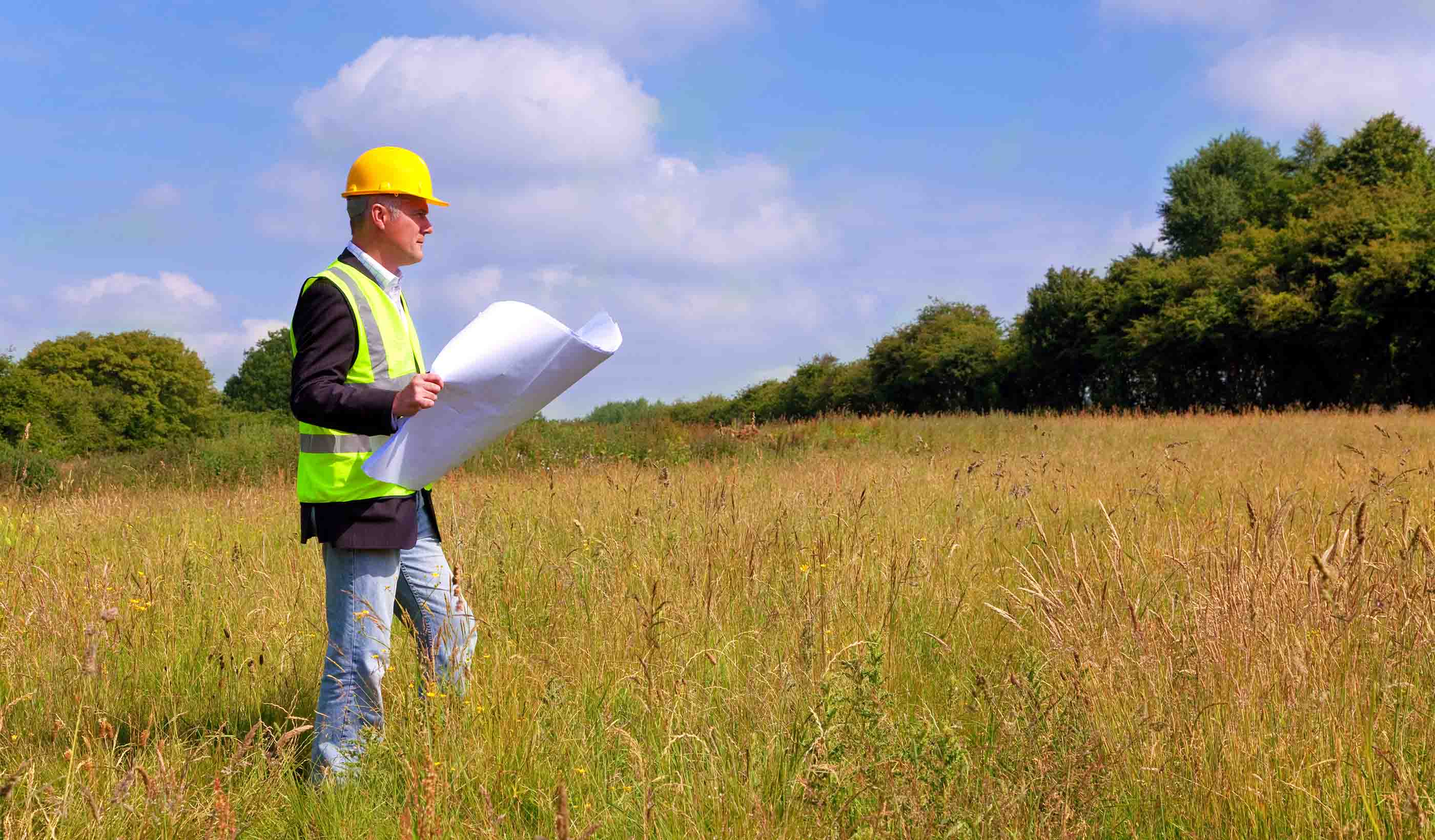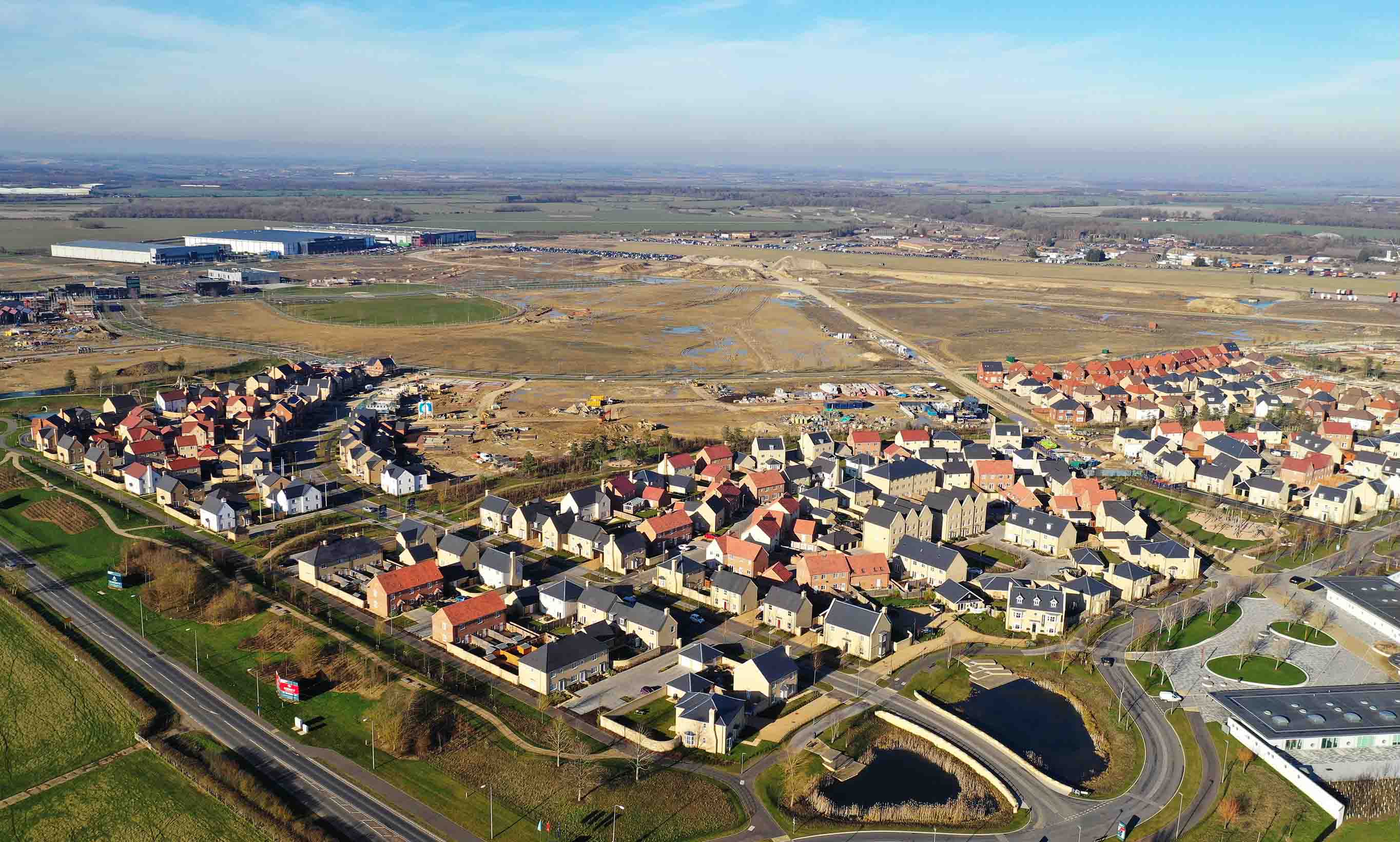Nutrient Neutrality
What is nutrient neutrality and how is it impacting land development?
Excessive nutrient input including phosphates are damaging our water ecosystems. In response, Natural England have instructed local authorities in civic areas not to grant planning permission unless nutrient neutrality is achieved. Our experts share the solutions to progressing your land development project.
Ideas
-

Blog Post How will Nutrient Management Plans affect UK growth objectives?
-

Blog Post Cleaning up our waters: actions to remove nitrogen pollution from estuaries and coasts
-

Published Article Integrated Constructed Wetlands: The Start of a Journey
-

Measures of success in catchment management
-

Webinar Recording STWL WINEP phosphorus obligations - Opportunity for nature based solutions
-

Blog Post Beneath every new development is nature we need to protect
The nutrient neutrality issue is complex, requires collaboration with multiple stakeholders, and often solutions are site specific. At Stantec, we are proud to have the opportunity to draw on skills in water, catchment management, treatment, ecology, landscape, flood risk, planning, EIA and more to help you develop nutrient management strategies. For more information or for help progressing your land development project:
Contact Alan Swan
Related Markets & Services
Meet Our Experts
Andrew Johns, Nature-based Solutions Lead
I’m passionate about integrating blue green infrastructure into development, providing benefits to create better and more sustainable places.
Gemma Nelmes, Associate
We’re at an exciting time in the industry—it’s fascinating to watch as we innovate and develop nature-based solutions for big issues.
Alan Swan, Regional Operations Director, South West
I enjoy the challenge of finding solutions to problems and working with other professionals to deliver sustainable development.





